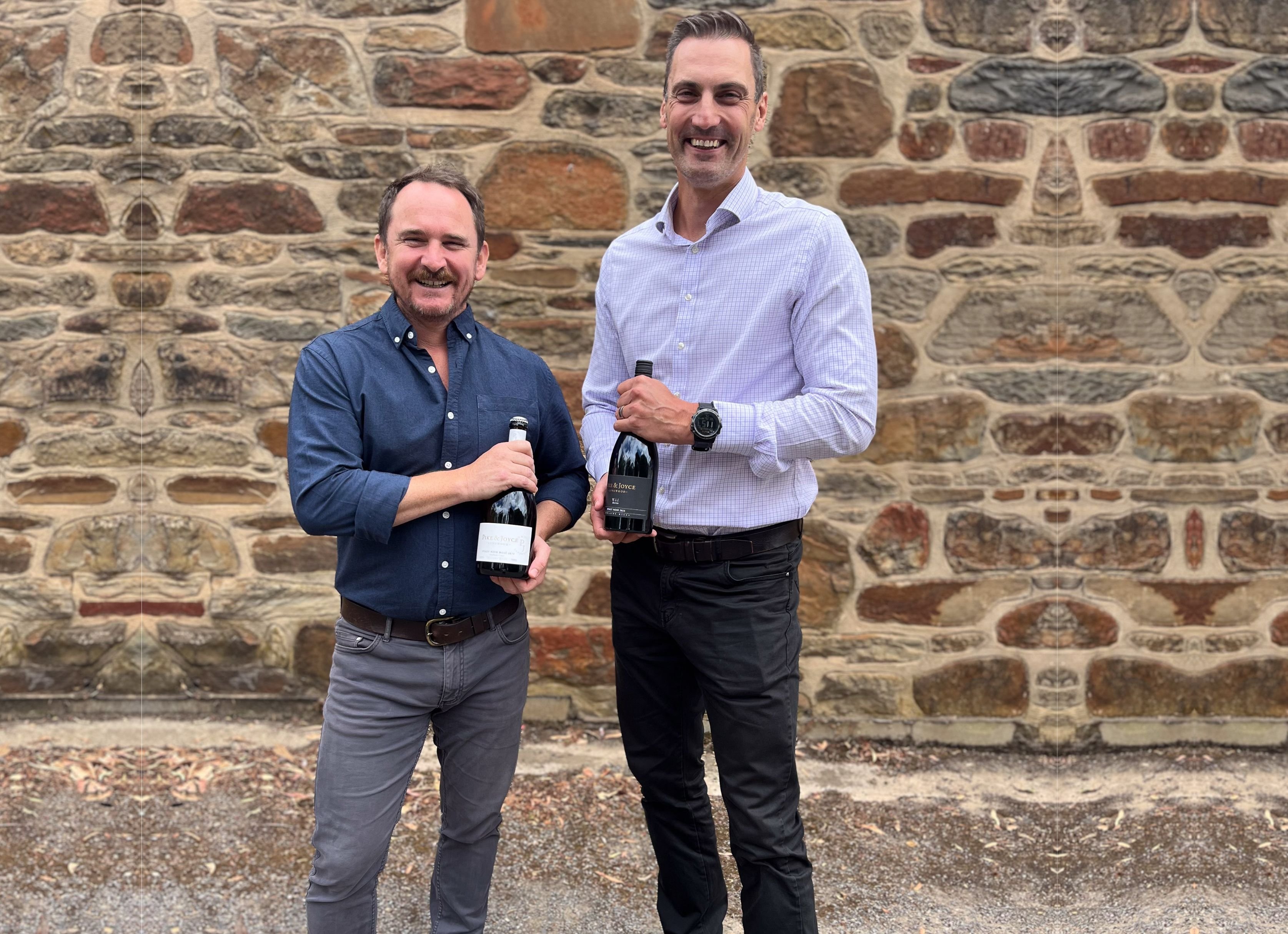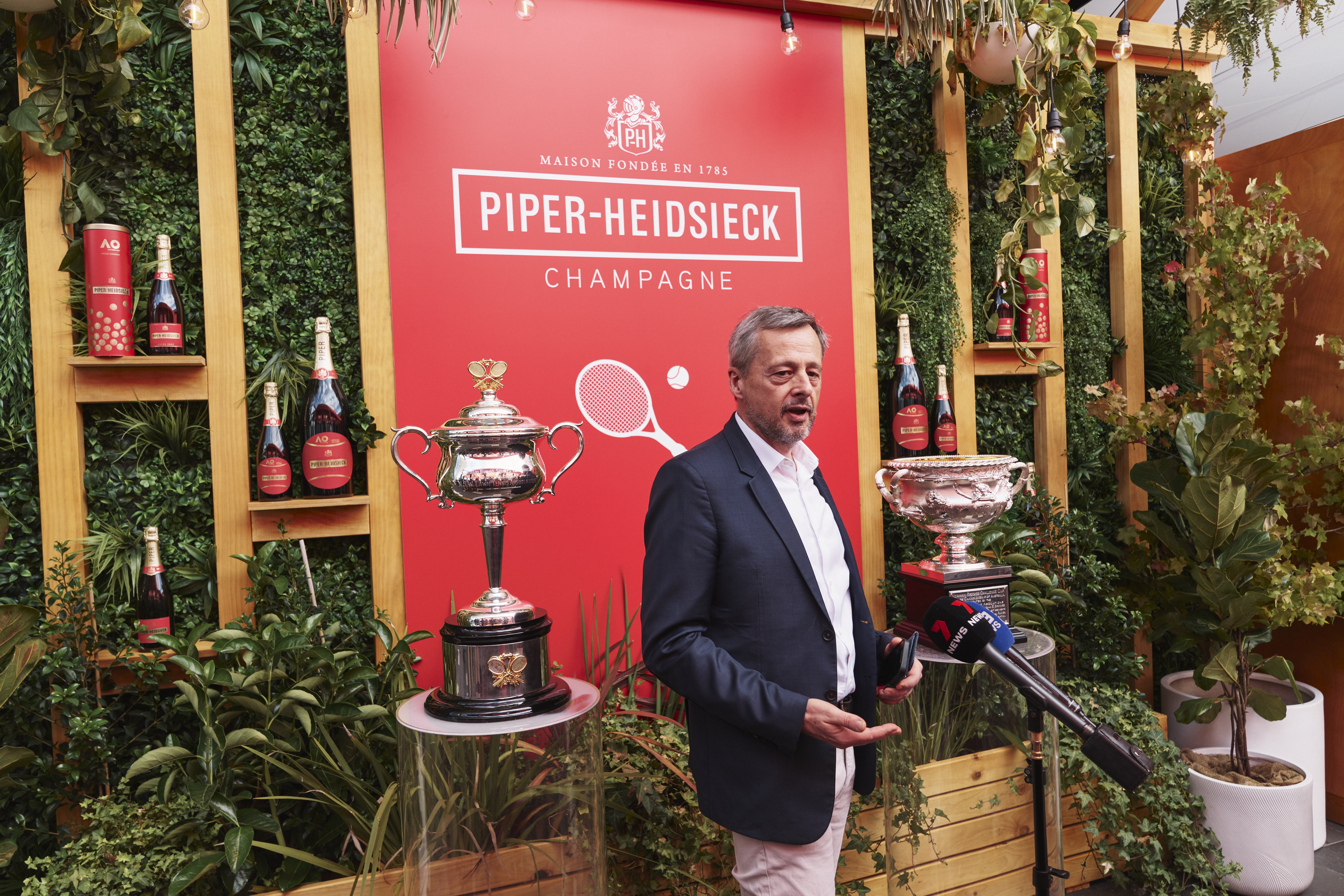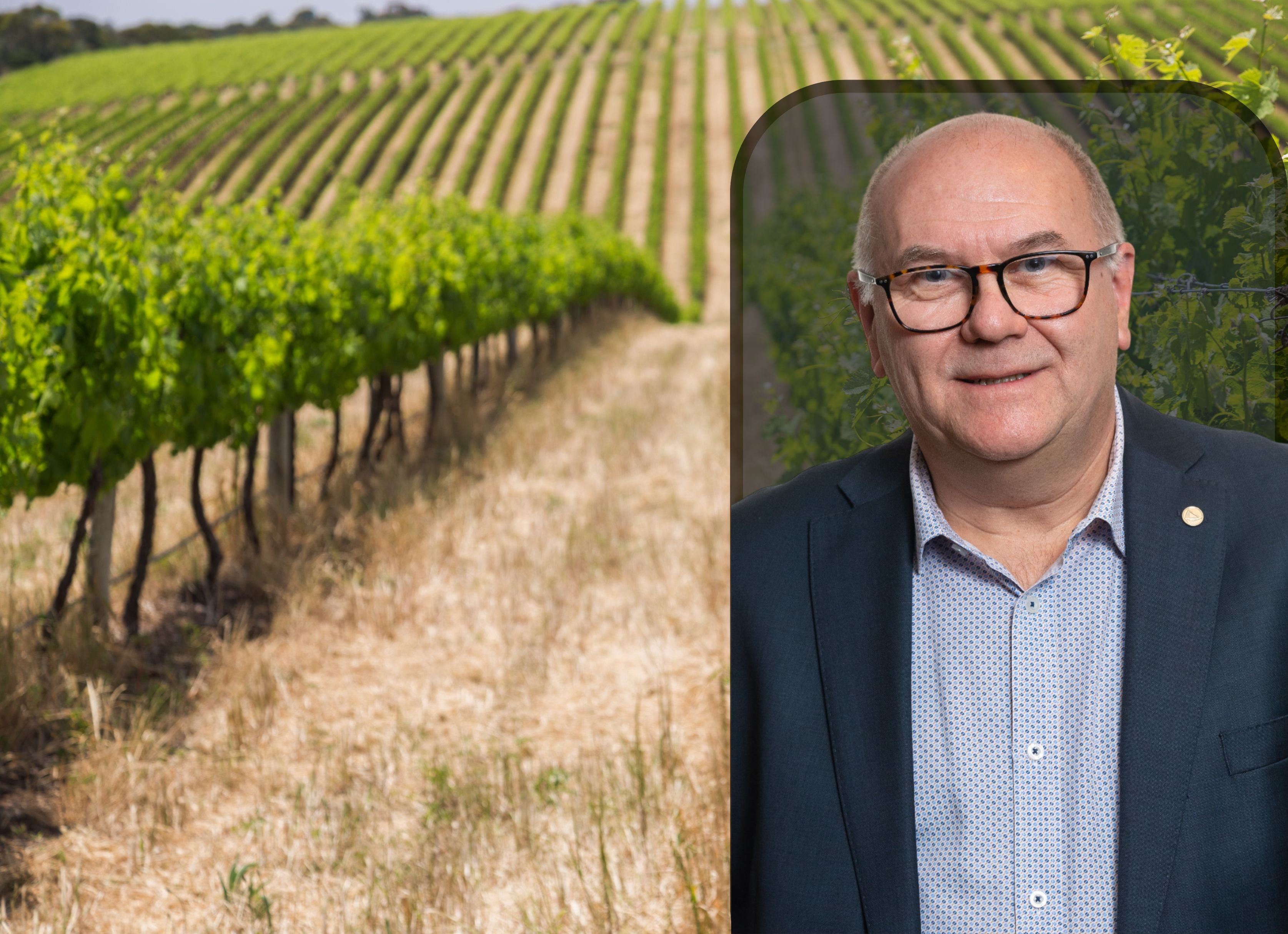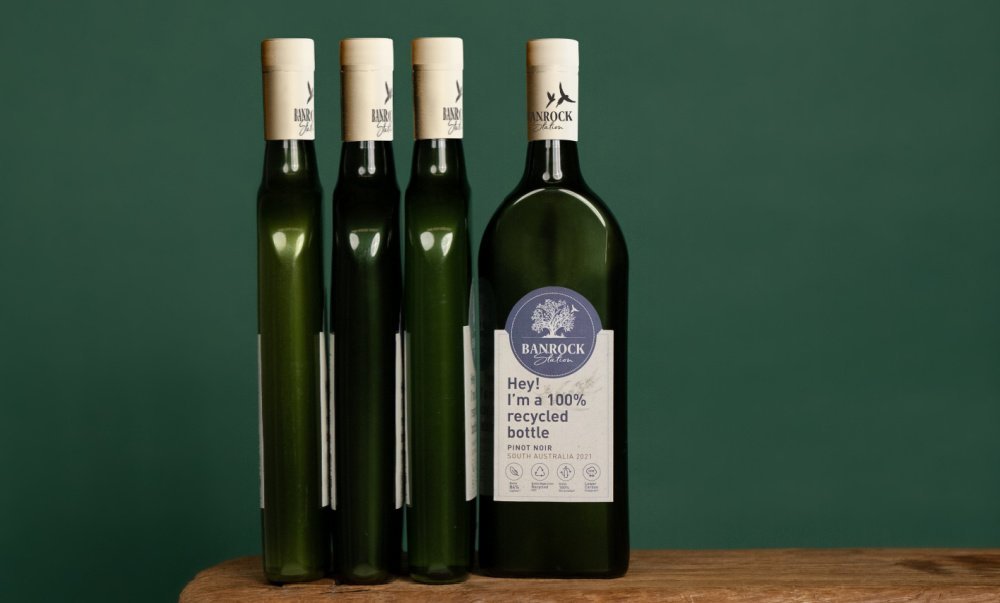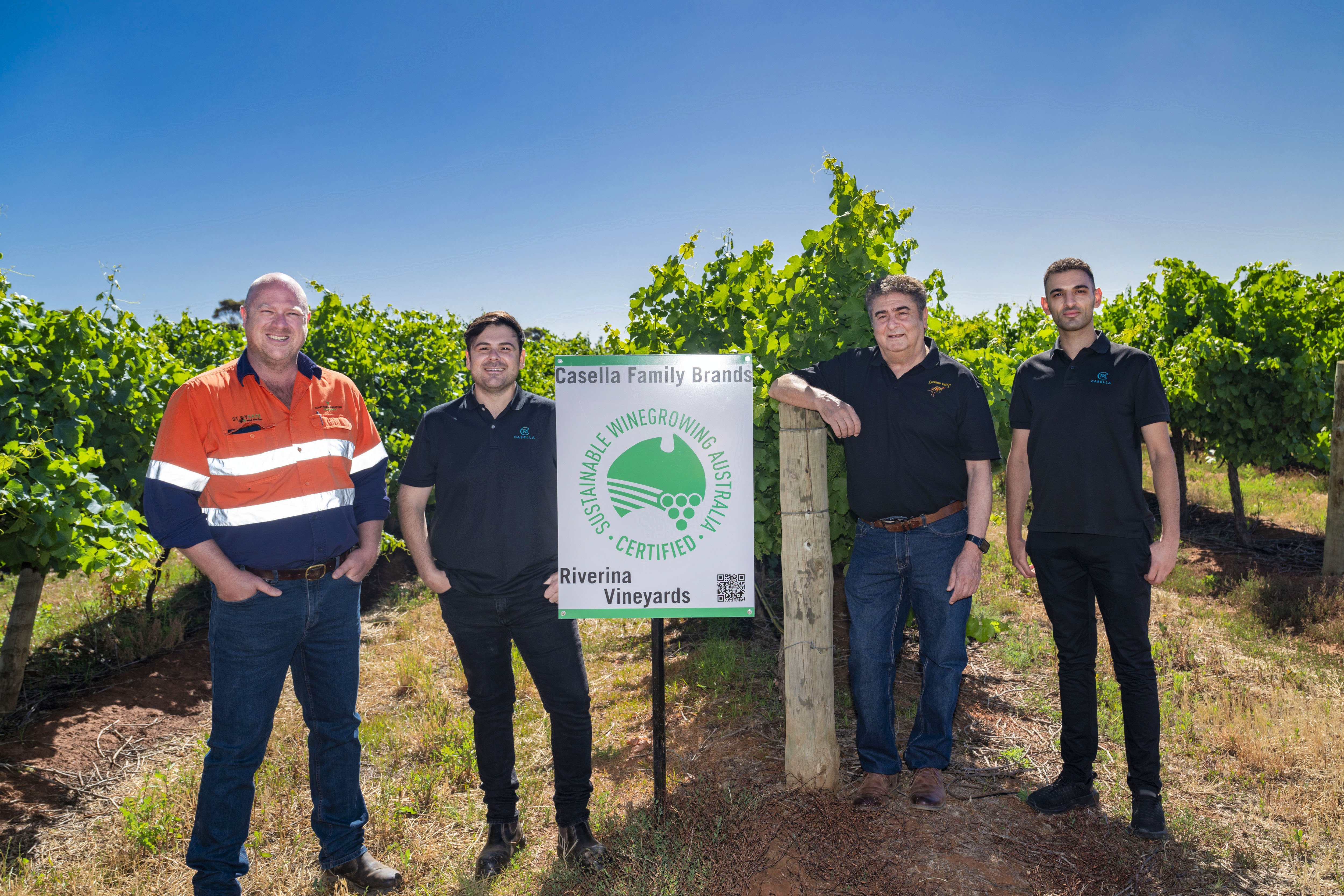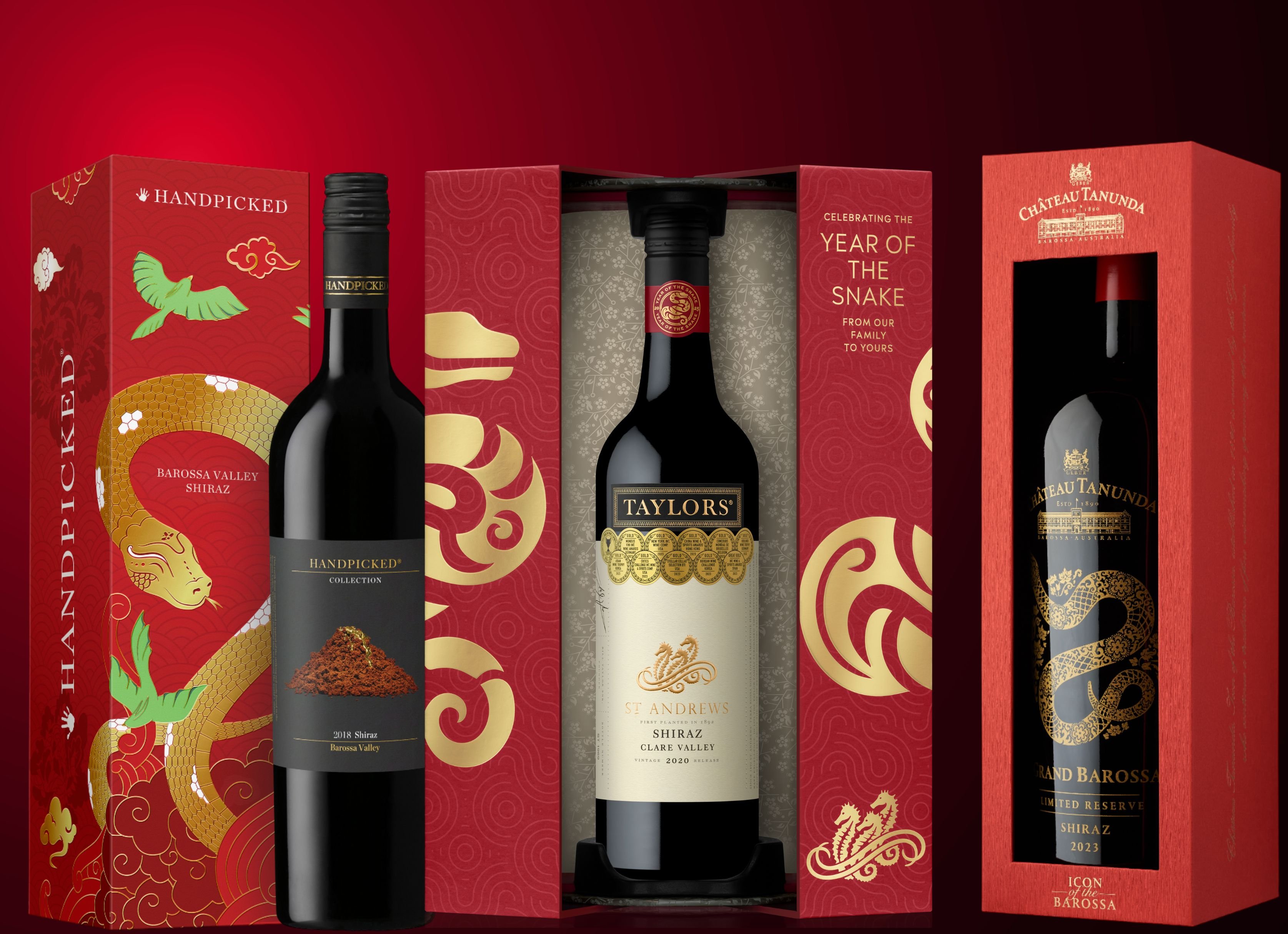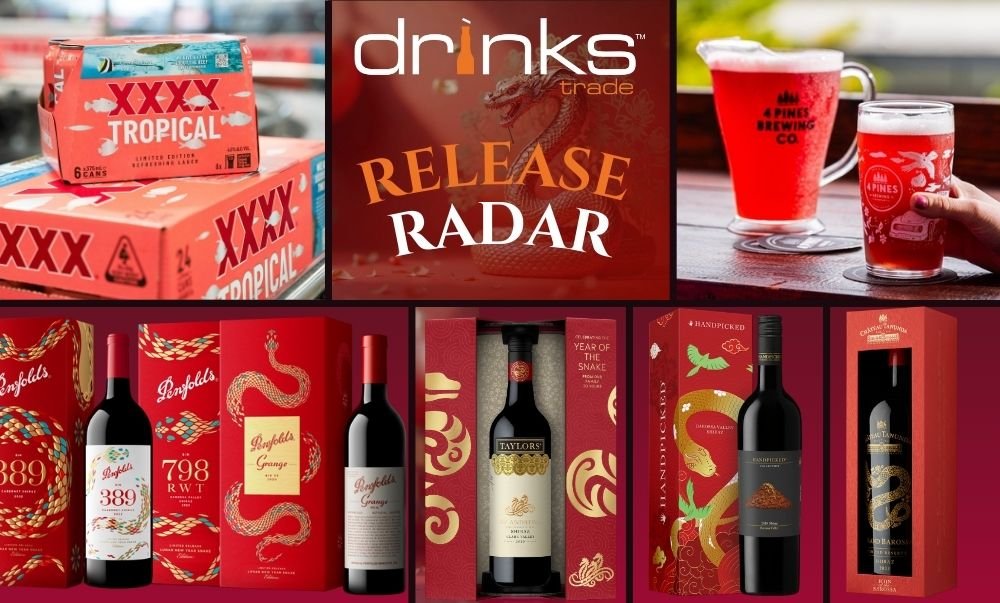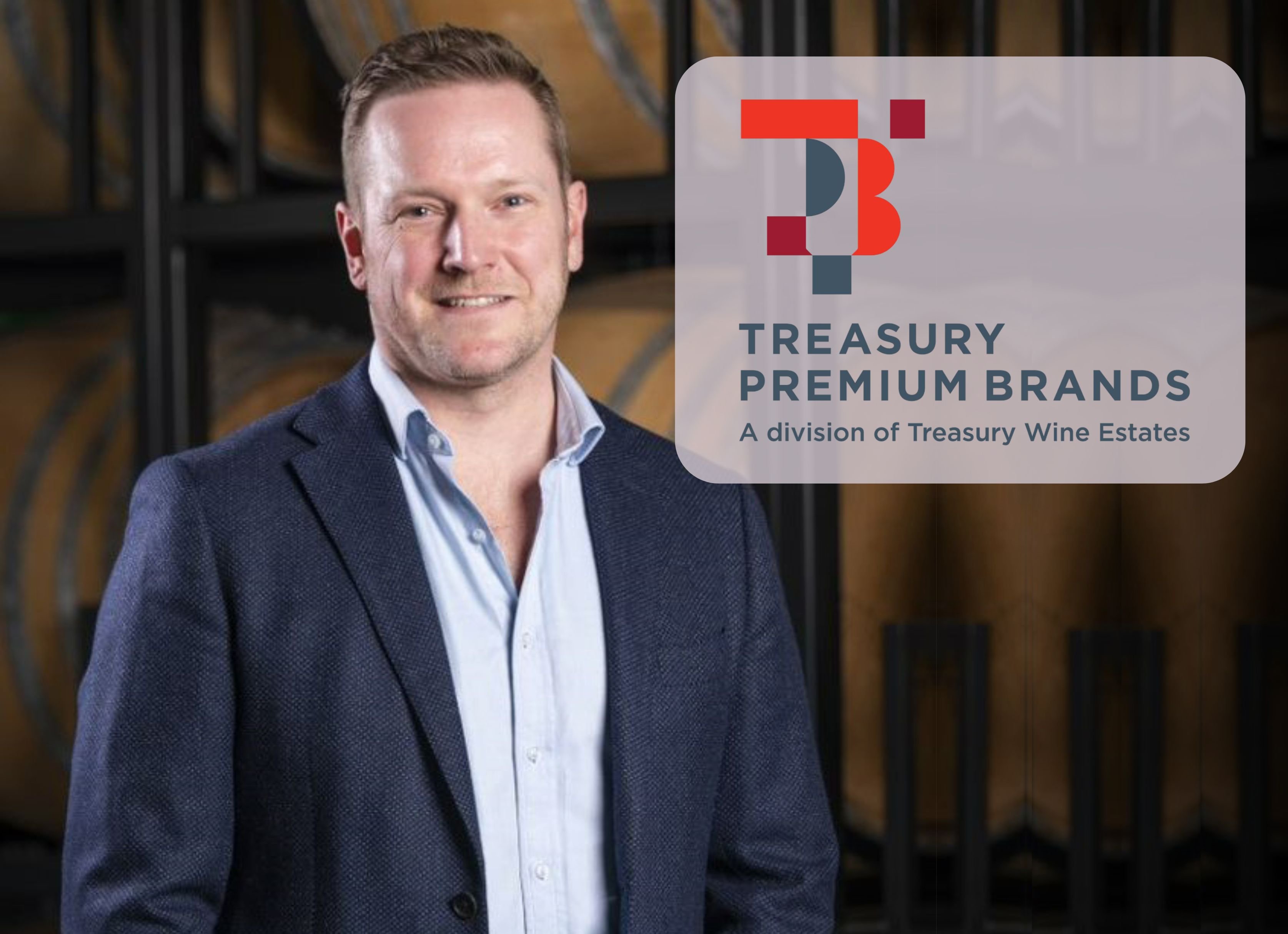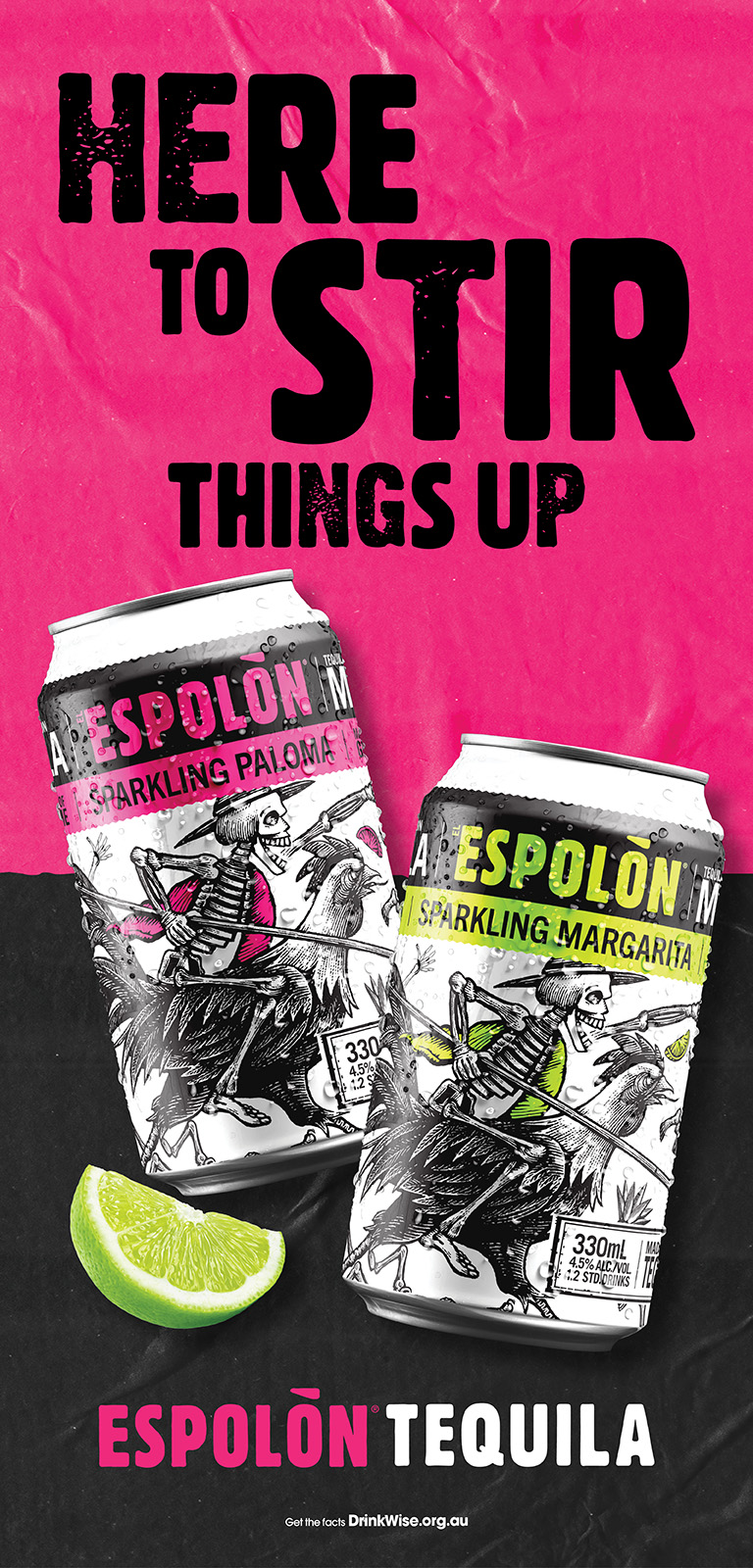[divider]
In 2009, 12 of Australia’s leading family owned Australian wineries came together to form Australia’s First Families of Wine (AFFW). Together, the 12 represent generations of winemaking, which have not only upheld the Australian wine industry, but have driven it to where it is today.
The group formed to celebrate and share their story. Spanning 16 of Australia’s infamous wine regions and four states, here, and in coming issues, drinks trade helps these families’ stories to be heard, speaking of their heritage, history, the custodians of their lands and the future of these family businesses – the next generation.
[divider]
d’Arenberg
By Tash Stoodley
In 1912, Joseph Osborn sold his stable of prize-winning racehorses to purchase property in McLaren Vale. He worked the land and lovingly planted vineyards until his son Frank left medical school to work alongside his father. Over the years, Frank increased the size of the vineyard and sold fruit to local wineries, until 1927, when he decided to build his own winery and produce his own wine.
Later in 1943, Frank’s son d’Arry returned from school at the age of 16 to help his father run the business, eventually assuming full management in 1957. In 1959, d’Arry decided to launch his own label named in honour of his mother, Helena d’Arenberg. He had always envisaged including a stripe on his label, inspired by happy memories of his school days at Prince Alfred College, where he wore the crimson-and-white striped school tie.
The Next Generation
Enter the fourth generation - d’Arry’s son Chester d’Arenberg Osborn. From a very early age Chester was focused on continuing his family’s winemaking tradition. While growing up on the family property he helped his father d’Arry in both the vineyards and the cellar floor during school semester breaks and Christmas holidays.
After graduating from Roseworthy College and touring other Australian and European wine regions, Chester took over the reins as Chief Winemaker in 1984.
Today, Chester maintains the theory that less is always more, and has a minimal intervention approach, refraining from the use of fertilisers and herbicides in the vineyards, and there is minimal to no irrigation, and no soil cultivation adopted in his winemaking. In the winery, the traditional techniques that his forefathers used are still used today, such as open fermentation, foot treading and basket pressing. All of these gentle methods allow the personality and characteristics of each variety to shine.
Taylors Wines
By Mitchell Taylor
My family’s wine journey started back in the 1950s when the South Australian Wine Distributors company was formed. Our family-owned business bottled and distributed wines for the Clare Valley co-operative. Led by my grandfather Bill Taylor Snr, my father Bill and uncle John, our family’s passion for wine inspired them to try and create stunning wines of their own.
In 1969, after a considerable search, they found a promising 178 hectare location nestled by the Wakefield River in the Clare Valley, South Australia. They were certain the terra rossa soil would prove conducive to crafting wines of the highest quality. They planted 160 hectares of cabernet sauvignon and 16 hectares of shiraz, creating what was at the time, the largest planting of cabernet sauvignon in the Southern Hemisphere.
In those early years, during the excavation of the vineyard dam, the fossilised remains of tiny seahorses were found in the limestone bedrock, confirming that the area had once been the bed of an ancient inland sea. After this discovery, it seemed only natural for Taylors to adopt the seahorse to represent our wines. The three seahorses serve as a tribute to the three generations of Taylors winemakers.
The Next Generation
Today there are four Taylor family members actively involved in the business. My father Bill Taylor is Deputy Chairman, I am the Managing Director, my brother Clinton is General Manager Winery Operations and our brother Justin is Asia Pacific Market Manager.
As a highly professional family business, we’ve developed a family constitution that talks about the rules and the values of the family, and interaction between family members and the business. It covers the necessary experience that family members must obtain before they are able to join the family business. Remaining a family business is important to us so we also have plans in place for succession. We have three family council meetings a year and an elected council gets together once a year. This is a good time to talk about the business and share our successes with those who do not work in the business.
As Managing Director of Taylors, my role is particularly varied. I oversee all aspects of the family business and as an experienced winemaker, I still maintain a very hands-on role. I am passionate about enjoying wine in moderation and building a sustainable industry for the next generation of the Taylor family.
Share the content

